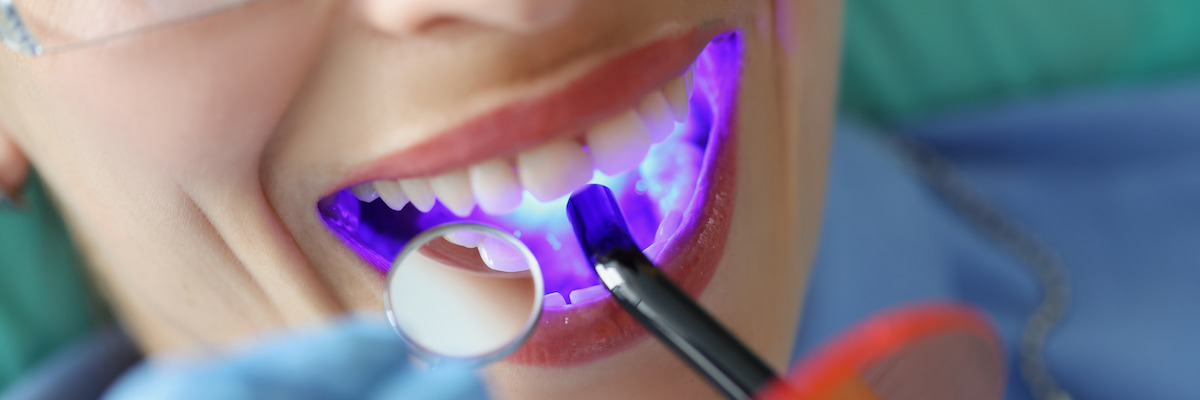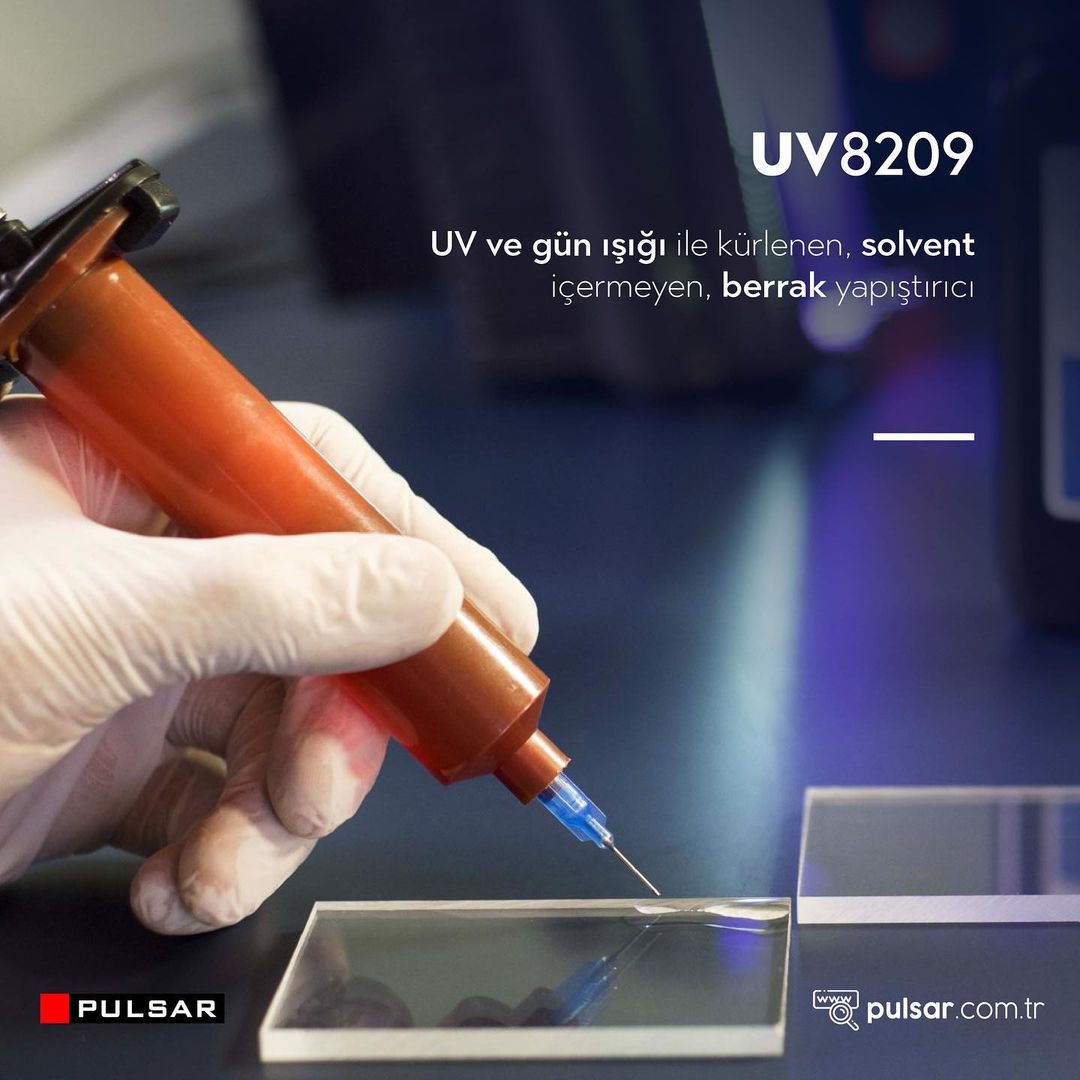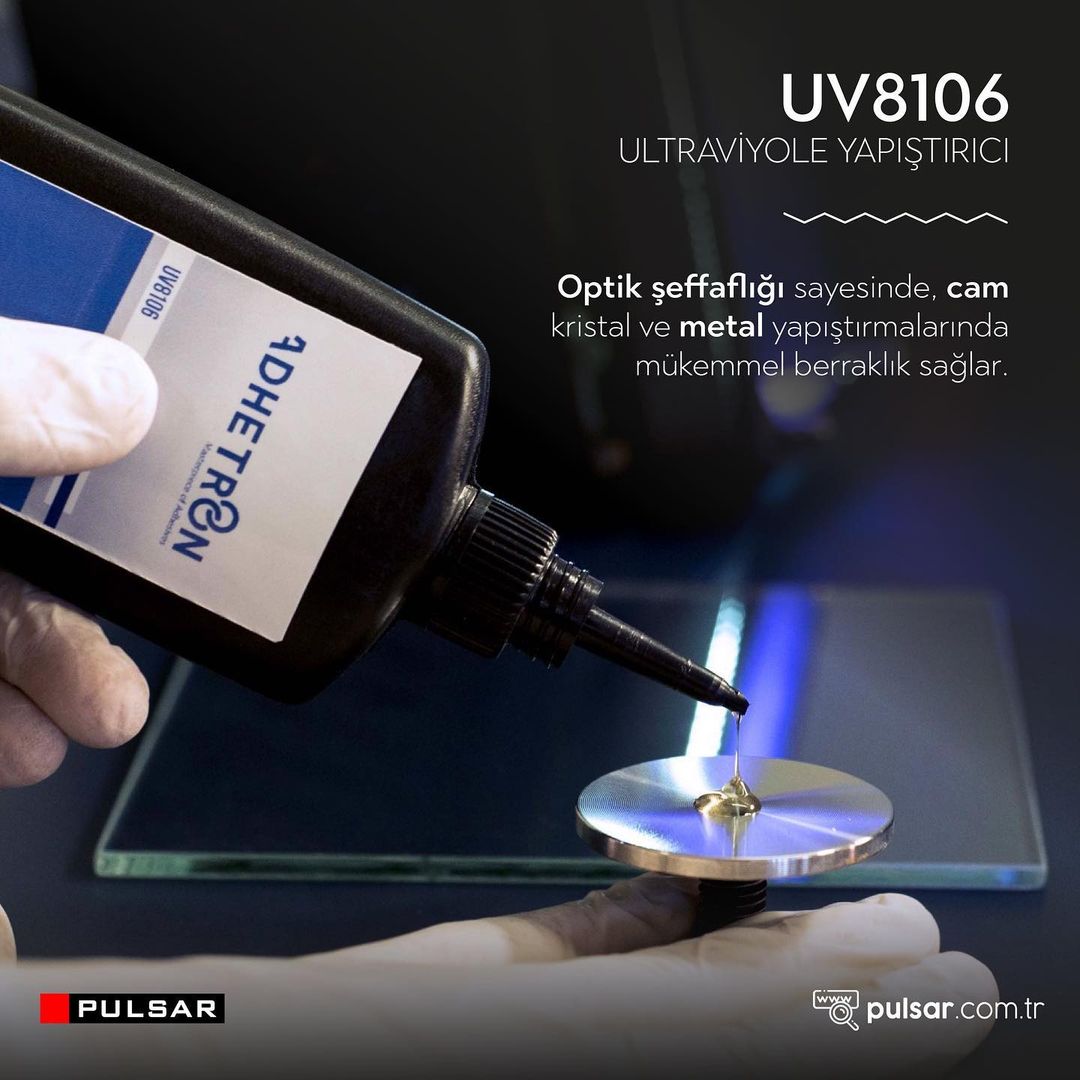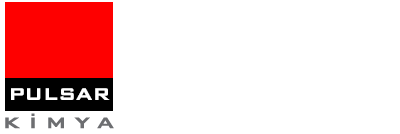What is UV Light?
UV light is part of the electromagnetic spectrum. Ultraviolet rays are electromagnetic radiations that fall between visible light and X rays. Ultraviolet or ultraviolet (abbreviated UV) radiation is called radiation with a wavelength between 100 and 400 nm. Due to their short wavelengths, they cannot be seen with the human eye. Our eyes are sensitive to wavelengths between 400 and 700 nm.
Ultraviolet (UV) radiation is a form of light energy from the sun. Different forms of energy are classified according to their wavelengths. The shortest wavelength radiation is the most energetic. UV radiation is classified into three categories: UVA, UVB, and UVC.
- Ultraviolet C (UVC 100-280nm): It is thought that UVC rays have no effect on us. Although there are very harmful rays, they are completely absorbed by the ozone layer and the atmosphere. They have high energy and short wavelength. (Hard UV)
- Ultraviolet B (UVB 280-315nm): Although most of it is absorbed by the ozone layer, some of it reaches the earth and forms a part of the rays we are exposed to. UV-B waves are larger and have a medium wavelength.
- Ultraviolet A (UVA 315-400nm): It is the sun rays that reach the earth by passing directly through the ozone layer. It is necessary to use sunscreen in summer and winter to protect from UVA rays, as it has the ability to pass through clouds and glass and affect the lower layer of the skin. The skin has long-term effects such as aging effects and reactions. They have long wavelength and low energy. (Soft UV)

How were Ultraviolet Rays Discovered?
The existence of Ultraviolet (UV) rays was discovered in 1801 by the German physicist Johann Wilhelm Ritter. While Ritter was actually working on X-light, which was discovered in 1800, he realized that there was energy output beyond violet light at that time. Thus, he became the first scientist to detect the existence of ultraviolet rays.
Where is Ultraviolet (UV) Light Used?
While UV light can have negative effects on health, it is also a technology that can be used beneficially. For this reason, it is seen that it is used in various sectors and fields in daily life.
Getting a tanned skin in the solarium, distinguishing fake money from the real thing, coloring the atmosphere with neon lamps in nightclubs or reading the signs on the arm of customers with invisible ink at club entrances are some of the areas where UV light is used.
In the field of medicine, there are applications to sterilize operating room materials, to treat cancer, to harden dental fillings, and Ultraviolet light can also be used in low doses for the body to produce vitamin D.
In the food industry, UV light is also used to disinfect products and the belts on which the products are produced. In the textile industry, UV light application is used to change the surface properties of the fabric, especially in fabrics produced from natural fibers.
You can access the related blog post we have prepared about Ultraviolet (UV) Light and UV lamps via the link.

What is the Effect of Ultraviolet Light on Human?
The most important effect is that it creates a carcinogenic effect in case of long-term exposure. Apart from this, it has been determined that it can cause the breakdown of white blood cells and red blood cells in the blood, which leads to anemia. In this case, it is dangerous for any RNA or DNA-carrying microorganism, and for this reason, it is a carcinogenic light. It has been determined that it causes retinal burns in contact with the eyes. For this reason, the use of UV-C lamps should be avoided in places where contact with the naked eye can be made. In correct use, it is a sterile lamp. However, it is definitely not a lighting tool. You have to be very careful when using it.

What is UV Adhesive?
UV adhesives are available in acrylate or epoxy based formulations that polymerize and thus cure by irradiation with special UV light sources. It can be used easily and safely on different surfaces thanks to its high resistance and transparency in harsh environmental conditions.
They are also used extensively in the industrial industry as they cure rapidly within seconds. It is seen that it meets the compliance level in many sectors, especially in medical, with its transparency before and after curing.
UV Adhesive Usage Areas
UV Adhesives are used extensively in many fields, especially in the medical sector. In the medical manufacturing sector, bonding is applied to glass, plastic and metal parts. One of the biggest advantages of UV adhesives is its contribution to mass production. As the adhesive is used, mass production can be achieved by transmitting the materials to the UV light source.
In addition, UV adhesive is used more in bonding processes with glass. Glass-glass bonding and glass-metal bonding processes can be performed due to the glass’s light transmittance feature. For example; In the lighting sector, UV adhesive can be used between glass parts and on glass stands with metal legs.
How is UV Bonding Applied?
Steps for the application of UV Bonding;
- Before using the UV adhesive, the surface must be cleaned of dust, and alcohol, acetone, etc. clean it with
- Well ventilate the environment where the adhesive will be used.
- Apply to the surface at a point away from the ultraviolet light source.
- After combining the two surfaces to be bonded, allow the product to cure with a UV-A light source.
- In order for the product to be used, a surface must be permeable to UV light.
- If the UV light source used is a gas type lamp, the lamp must be heated for 5 minutes in order for the lamp to reach the required light intensity. If using an LED system, you must use an LED lamp of the correct wavelength.
- Do not look directly into the UV light source and do not expose the skin.
- Do not apply the product under a UV light source or in a direct contact area.
- Also create a protection barrier around the UV light source.
You can examine some of the UV adhesives with different viscosities and properties in our product range. You can click here to view all UV adhesives. You can contact us by clicking here so that we can offer solutions specific to your application and recommend the product suitable for you.


